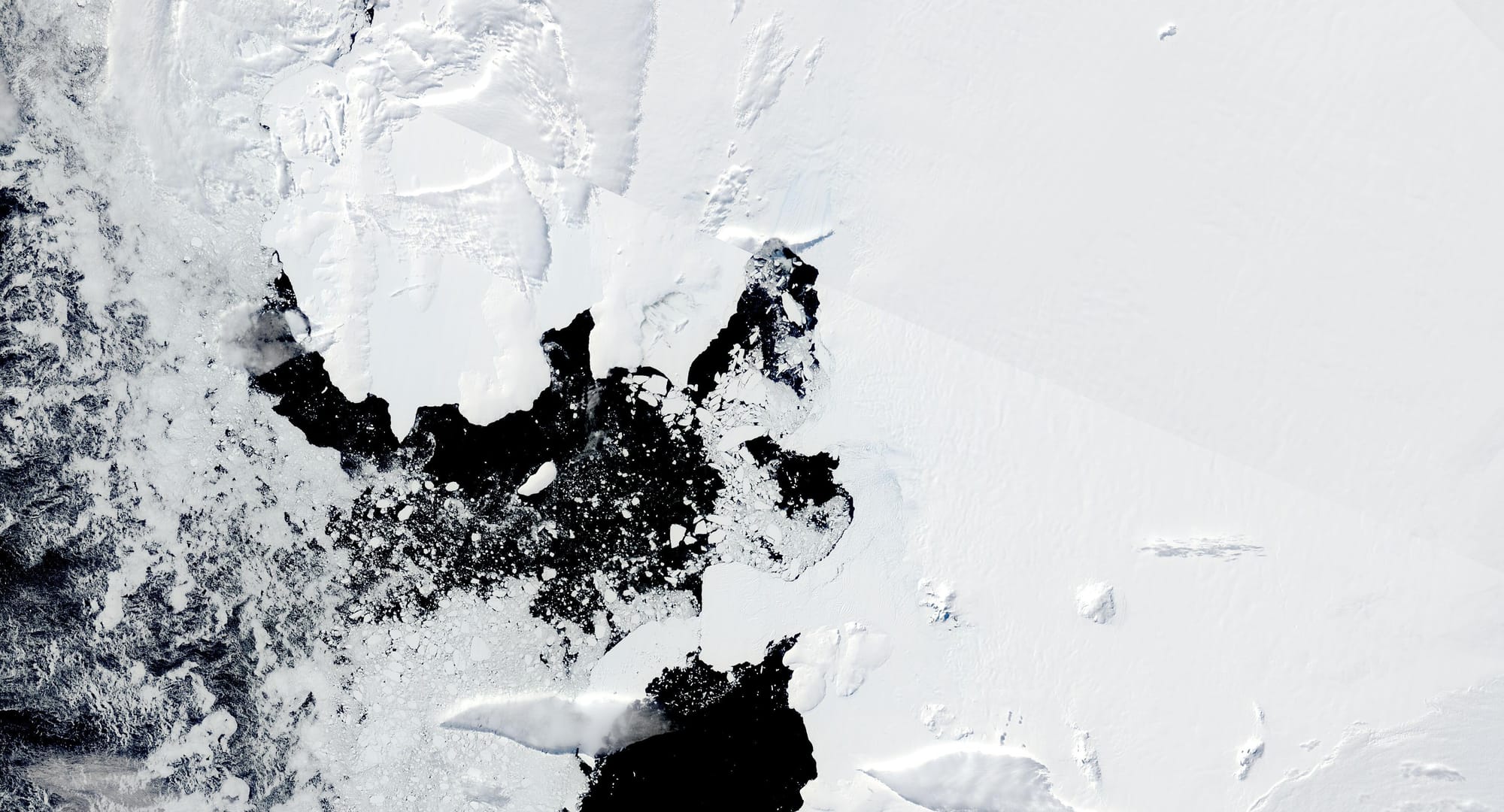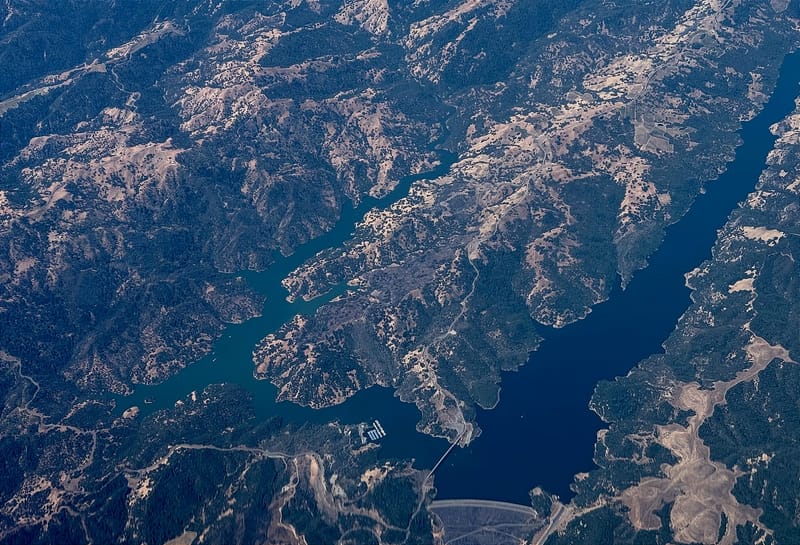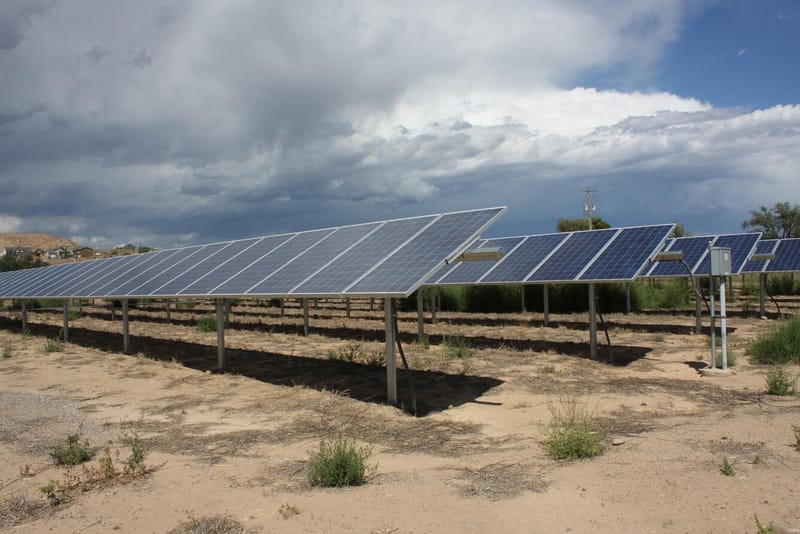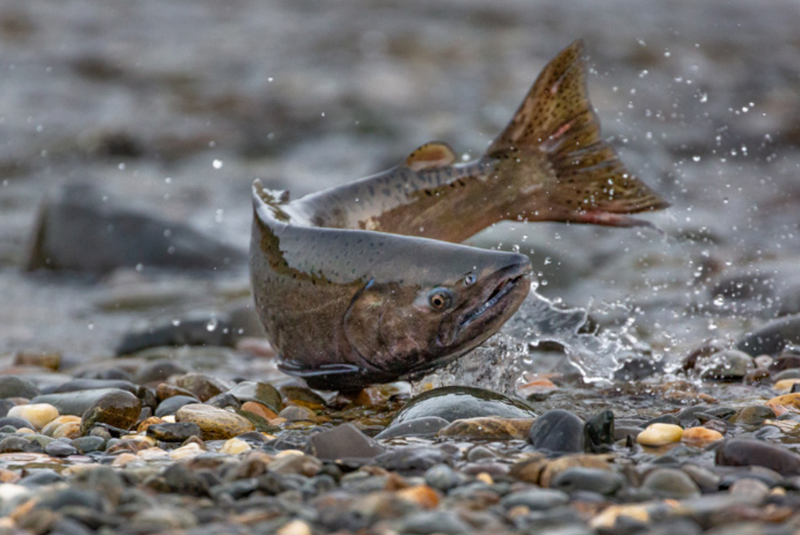Watch a giant iceberg break free from Antarctica
A massive chunk of ice broke away from Antarctica’s Pine Island Glacier in late 2018—and NASA’s satellite tools captured the entire sequence. See the calving of Iceberg B-46 unfold through embedded maps and a striking time-lapse animation.
In late 2018, a massive iceberg known as B-46 calved from the Pine Island Glacier in West Antarctica—an event captured in remarkable detail by NASA's Worldview satellite platform. Thanks to a combination of high-resolution true-color imagery and powerful timeline tools, we can now witness the entire process: from first fracture to full departure.
Below, we walk through three key snapshots of the B-46 calving process, followed by a time-lapse animation showing the iceberg’s slow slide into the Southern Ocean.
The Big Picture — Iceberg B-46 Begins to Form
In November 2018, satellites detected the early signs of calving near the base of the Pine Island Glacier. In the image below, you can see swirling clouds around the Antarctic coast and a faint line forming at the glacier's edge.
Zoom In — Cracks Deepen and the Glacier Begins to Tear
By early November, high-resolution satellite imagery revealed jagged fault lines forming within the ice shelf. The image below, captured on November 6, shows the moment B-46 began to break away from the glacier.
A Clear Break — January 2019 Shows the Iceberg Detached
Two months later, on January 8, 2019, B-46 had fully separated. In this side-by-side comparison, NASA’s Worldview tool allows you to swipe between the earlier and later images to see just how far the iceberg traveled in that short window.
Watch the Iceberg Drift Out to Sea
The final step? Set the animation to play. Below is a time-lapse of the iceberg drifting away from the Pine Island Glacier between January 8 and January 31, 2019. This animation makes it easy to appreciate both the scale and motion of the B-46 event—something that static images can only hint at.

The Bigger Picture
Iceberg calving is a natural part of glacial life—but the frequency and scale of these events are changing. Pine Island Glacier, in particular, has become one of the fastest-retreating glaciers in Antarctica. Scientists are watching it closely, not only for its role in global sea level rise but as a marker of how warming oceans and air temperatures are impacting Earth's cryosphere.
By using tools like NASA Worldview, the public can observe these changes in near real-time, building awareness of how even the most remote parts of our planet are evolving.







